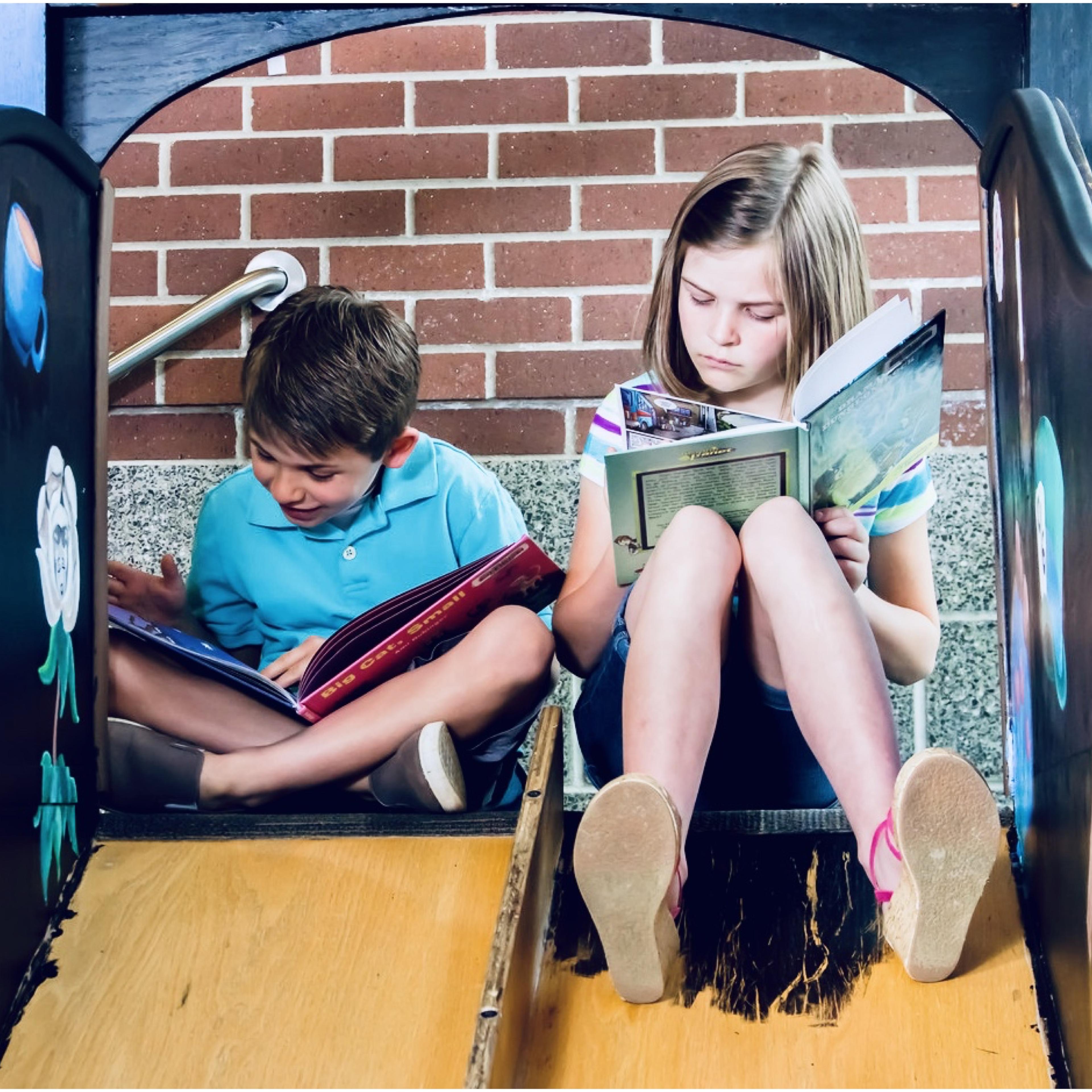- Home
- »Articles
- »Story Time
- »What Age Do Kids Read on their Own?



What Age Do Kids Read on their Own?
7 February 2023
The correct answer to this question is that it varies hugely from child to child, but there is a little more to it than just age.
Age alone doesn’t determine when a child can read on their own. Other factors contribute: gender, first language, parent/guardian input, personal interests, comprehension, genetics, disabilities, home life, and formal education all influence a child’s reading development, to name a few.
Also, a child can be a fluent reader without being an independent reader, and vice versa!
An independent reader will choose to read printed words on their own with no external help from anyone.
A fluent reader will read accurately, expressively, and fluidly.
How do other factors contribute to a child’s ability to read on their own?
Comprehension
For a child to truly read on their own in educational terms, they would need to demonstrate independence, fluency, AND comprehension. That is, they should be able to understand what they are reading and answer questions about it accurately.
Parent/Guardian Input
You’ve probably heard that sharing books and bedtime stories positively affects children's reading. It’s not a myth!
Parents are children’s role models, even in reading. Share a book, give the story some expression, use silly voices, and talk about content. Let them see mum and dad reading independently.
Gender
Studies consistently find that girls enjoy reading more than boys and that boys generally have a more negative attitude towards reading for pleasure. Don’t be disheartened, however, if you have boys. Unsurprisingly, studies also find that boys and girls like reading very different types of books, so work with them to find something that matches their interests.
Personal Interests
Personal interests are particularly relevant for reluctant readers. An enthusiastic reader might become interested in whatever is available; a reluctant reader might need to be interested before reading. There is an enormous range of reading material available: fiction and non-fiction, books and comics, magazines and websites, to name just a few. If they like skateboards, find books about skateboards!
Disabilities
It may seem obvious that some children with additional needs may need more help learning to read than their peers. For example, a child who is hearing impaired will need extra help hearing phonic sounds that make up the words; a child who is visually impaired may need a larger print. Invisible disabilities may be harder to overcome, especially if they are undiagnosed. A child with ADHD may need a book with fewer words on a page, and regular movement breaks to help maintain focus for shorter periods. A child with Autism Spectrum Condition might only read with a particular person or need to hold onto their special familiar item throughout the book.
Find ways to work with and overcome barriers to enable reading to happen.
Join a library
If children can’t access reading materials, they can’t learn about their reading preferences. Books don’t have to be expensive. Joining a library is free and provides lifelong access to as many books as they can read!
Conclusion
Everyone is unique, so their methods of learning to read will also be unique. Expect the age kids ‘read on their own’ to vary accordingly.
Remember: talk to a teacher if you have concerns about your child’s reading development.
Photo by Adam Winger on Unsplash
